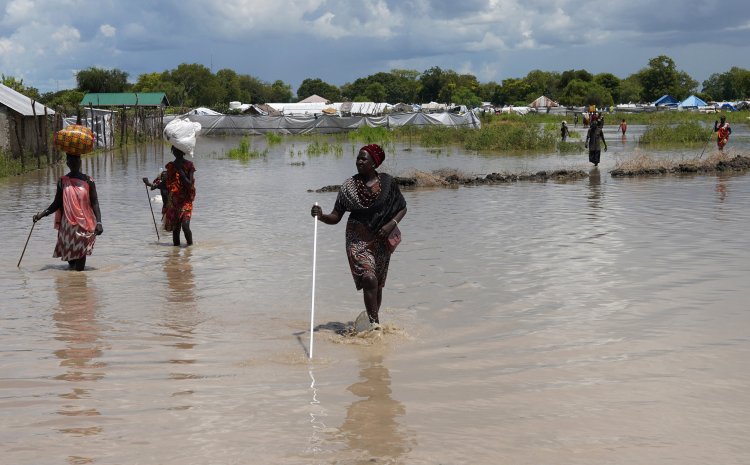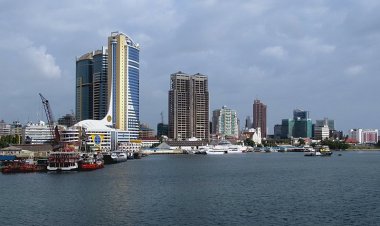The Impact of Rain, Rivers, and Oceans on Population in Africa
Rain, rivers, and oceans shape the population distribution across Africa.

Africa is a vast and diverse continent known for its rich natural resources and diverse ecosystems. The continent's population distribution is influenced by numerous factors, including climate and geographical features. The following are ways in which rain, rivers, and oceans play a crucial role in determining population patterns in Africa.
1. Rainfall:
Rainfall is a vital determinant of population distribution in Africa. The continent experiences diverse climatic zones, ranging from arid deserts to tropical rainforests. The availability of rainfall directly affects agricultural productivity, which, in turn, impacts human settlements and population growth. Areas with higher and more reliable rainfall tend to have a greater potential for agricultural activities, leading to larger populations. For instance, regions such as the Congo Basin and the Guinea Coast, with their abundant rainfall, support dense populations due to favorable conditions for farming and food production.
Conversely, arid and semi-arid regions, such as the Sahara Desert in North Africa and the Kalahari Desert in southern Africa, have limited water resources and are less suitable for agriculture. Consequently, these areas experience lower population densities due to the scarcity of water and limited agricultural opportunities. Nomadic or semi-nomadic lifestyles are often adopted by communities in these regions, allowing them to adapt to the arid conditions.
2. Rivers:
Rivers are essential sources of freshwater, serving as lifelines for human settlements and economic activities. Many African rivers, such as the Nile, the Niger, and the Congo, are major arteries that support human populations along their courses. These rivers provide water for drinking, irrigation, transportation, and fishing, fostering the development of agricultural societies and trade networks.
The Nile River, for example, has played a pivotal role in the growth of ancient civilizations like Egypt, providing fertile soil and water for agriculture. Similarly, the Niger River sustains populations in countries like Nigeria and Mali, facilitating agricultural practices and supporting trade routes. The presence of rivers allows communities to settle near their banks, leading to the development of towns and cities, economic growth, and increased population densities.
3. Oceans:
The vast coastlines of Africa, stretching along the Atlantic and Indian Oceans, exert a significant influence on population distribution. Coastal areas provide access to marine resources, such as fish, which contribute to the livelihoods and sustenance of coastal communities. Fishing communities often thrive along the shores, attracting populations that rely on fishing as their primary economic activity.
Additionally, coastal regions often serve as major trading hubs, facilitating commerce and cultural exchange with other continents. This, in turn, can lead to urbanization and population growth in port cities. Examples include Lagos in Nigeria, Cape Town in South Africa, and Mombasa in Kenya, which have flourished due to their coastal locations and international trade connections.
Rain, rivers, and oceans shape the population distribution across Africa. Rainfall determines the suitability of land for agriculture, impacting settlement patterns and population densities. Rivers provide freshwater resources, allowing communities to engage in agriculture, trade, and other economic activities. Coastal areas, influenced by the oceans, foster fishing communities, trade networks, and urban development. Understanding the interplay between these natural factors and population dynamics is crucial for policymakers and planners to address challenges and promote sustainable development across the continent.
If you have a real estate press release or any other information that you would like featured on the African Real Estate Blog Post do reach out to us via email at [email protected]





























![7 Famous Architectures in Africa [PHOTOS]](https://realestateblogpost.com/uploads/images/2023/05/image_380x226_646c9c2bd8642.jpg)



